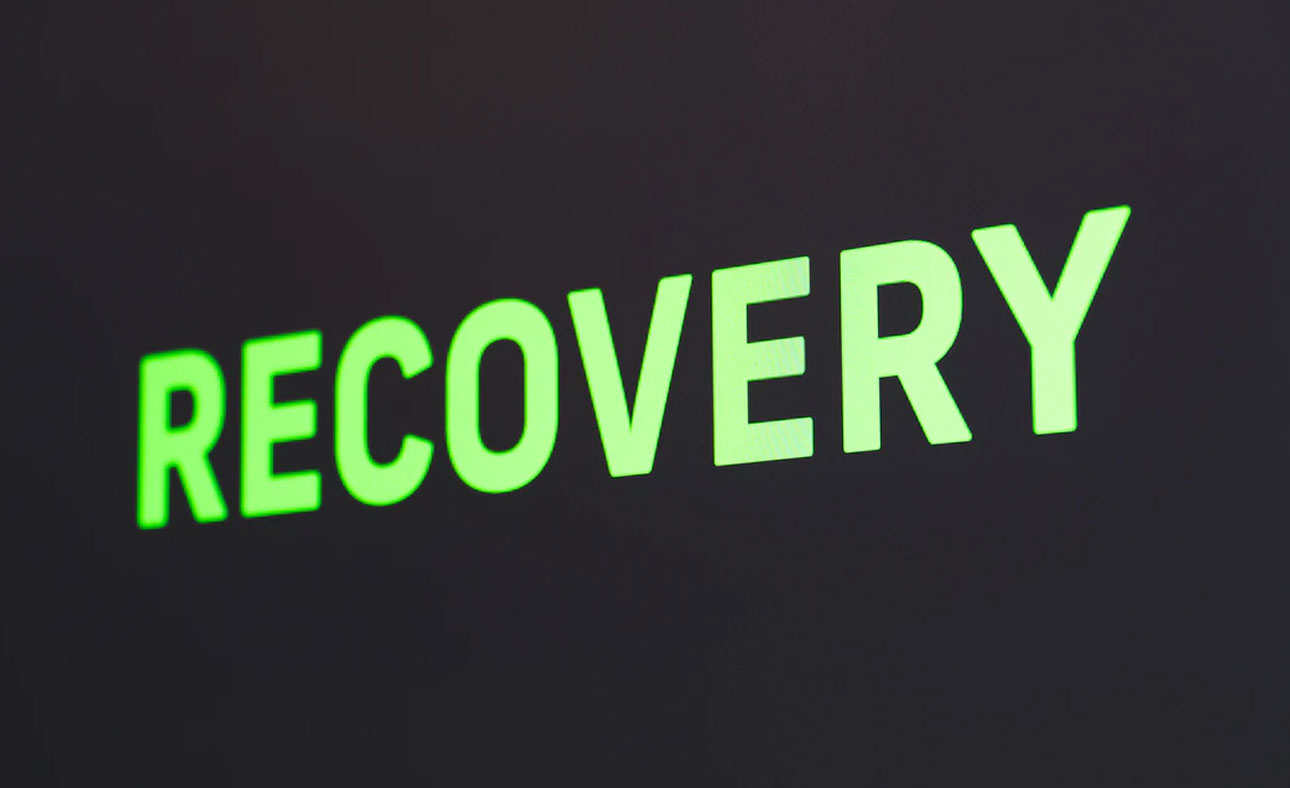Publication Date
What DRaaS can do for You

On the surface, DRaaS (or disaster recovery as a service) seems very similar to colocation. Both solutions involve switching to a remote data centre in the case of a system disaster. There are also similarities between colocation and DRaaS in terms of the technology used. But the way the two services function is very different.
But the way the two services function is very different.
Here are the benefits of each:
The lowest actual cost of ownership
Cost is obviously a real selling point with DRaaS, since the price tag is often much lower than colocation in terms of both startup and monthly costs.
Startup costs tend to be lower with DRaaS than with colocation because DRaaS solution providers don’t require their clients to acquire any server-related hardware.
Monthly costs also tend to be lower because DRaaS is based on a different model.
Whereas colocation involves a long-term lease of sorts, DRaaS is more about services. Most DRaaS providers bill their clients based on the resources used, rather than the physical space they occupy.
Shared infrastructure and cost control
DRaaS and other Cloud-based services tend to be relatively inexpensive because most Cloud solution providers operate on a basis of infrastructure cost-sharing.
The server for a Cloud solution can manage the workloads of multiple clients simultaneously, which means no one client ends up having to pay for the entire infrastructure. In some cases, a client’s needs are just too big to make sharing Cloud resources with other clients feasible. That can make DRaaS more expensive, since the client will need dedicated infrastructure.
Even in such cases, though, DRaaS seems to be generally less expensive than colocation-type solutions.
A smaller investment
DRaaS solutions are Cloud-based, which means businesses that use them don’t have to spend a bunch of money on software or hardware. As with any disaster recovery platform, there can be things to add, like a Cloud storage gateway, but you don’t have to buy the servers that will be used in the Cloud service provider’s data centre. All that is the Cloud provider’s responsibility.
A turnkey solution
Another key advantage with Cloud solutions is that they’re turnkey and ready-to-use. Since you don’t have to acquire the hardware, the service can be operational relatively quickly. Colocation services, on the other hand, require good planning to be used properly and effectively.
Greater flexibility
As a general rule, DRaaS tends to be much more flexible than colocation. Each Cloud service provider has their own way of working, but generally service providers allow their clients to choose the level of protection they actually need.
Some clients will want more remote storage space, whereas others will need to be able to move quickly from a backup to a live state in order to keep working. Colocation is usually a little less flexible in that regard.

